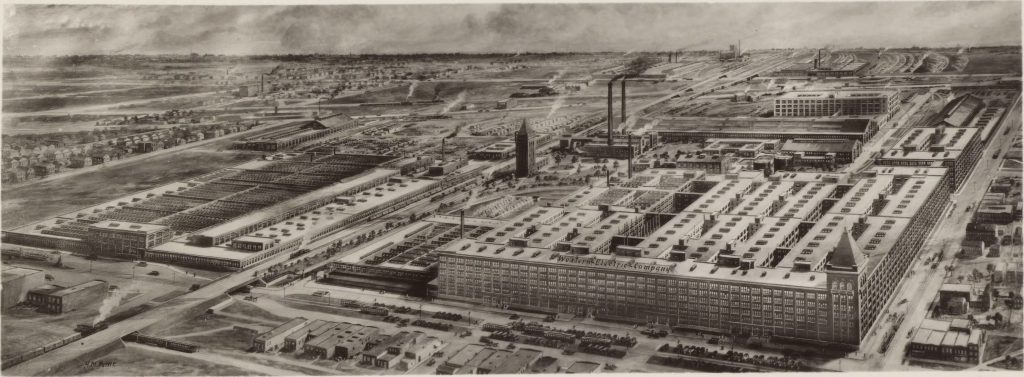10.3 Opening Channels of Communication: Elton Mayo and the Hawthorne Study
In Chapter Two, the concept of behavioural management and the use of Elton Mayo’s Hawthorne Studies were discussed in order to understand workers’ needs within a company or organization. Focusing on psychological and physical needs are forms of communication. This classical study focused on telephone-line workers at the Hawthorne Western Electric Plant. Changes in the work space of a private room were used to enhance productivity. They initially attempted to examine the effects of lighting to this end[4], and it eventually turned into an understanding of job redesign. Additional pay increases and break times motivated workers to become more productive leading to the theory of the Hawthorne effect. This is “the phenomenon that employees perform better when they feel singled out for attention or feel that management is concerned about their welfare”[5].

What does the Hawthorne study say about communication? When workers were provided breaks, shorter work weeks, and pay incentives, these enhanced the moral of individuals. This, in turn, strengthened the communication between employees at Hawthorne Western Electric. The morale of the individuals who share ideas about the company incentives and discuss their personal feelings to others within the organization is referred to as interpersonal communication[6]. Interpersonal communication within workplaces is prevalent in modern times, but its roots, in many ways, can be traced back to the Hawthorne experiment. A revision to the Hawthorne effect can be when employees are able to positively, personally, and emotionally communicate their objectives, in the workplace, about their personal welfare. This can produce motivated workers who are more productive.
Interpersonal communication changes the dynamics of leaders and subordinates within organizations. This is because opening channels of communication through physical and emotional factors within the workplace is beneficial to productivity and employee morale. Open communication about space design can be an effective measure when relaying information to an individual. One way of seeing this, is how leaders or managers organize the seats in their office[7].
Essentially the concept of interpersonal communication is the key factor for opening up channels of communication within the workplace, and when opening up channels of communication you can engage in communication richness. Communication richness is how effective and holistic the communication media is depending on the communication tool used. This can be viewed as a spectrum, such as Schermerhorn and Wright exemplify in how a manager chooses a communication channel and which one provides the most richness[7].
When it comes to organizational communication and opening up channels of communication, it is important for leaders and managers to understand the possible limits of the various methods and use them effectively depending on the situation. Regardless of the medium, the concept of interpersonal communication must be presented to foster success, or in the case of learning organizations, deep learning.
The organizational phenomena that employees in a workplace work better and are generally happier when management is concerned by their welfare
individuals who share ideas about the company’s incentives and discuss their personal feelings to others within the organization
How effective and holistic the communication media is depending on the communication tool used

